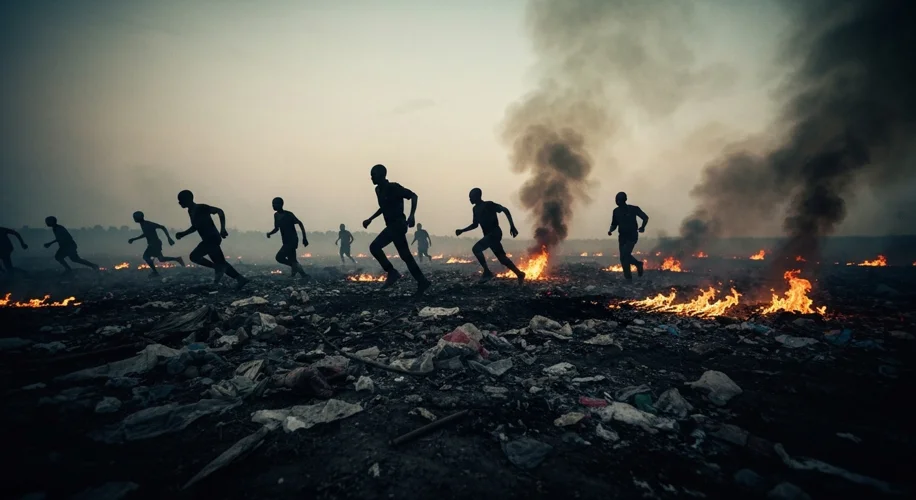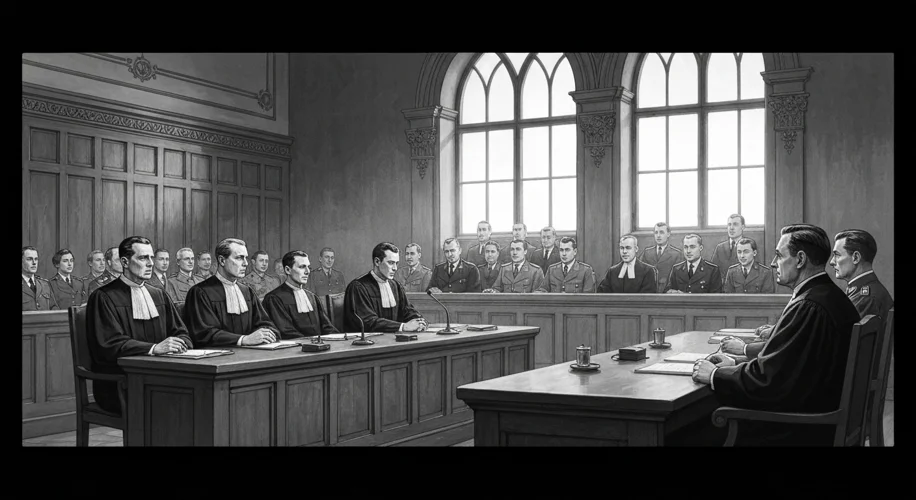In the annals of human history, amidst tales of valor and progress, lie chilling accounts of unimaginable cruelty. These aren’t mere acts of wartime brutality; they are deliberate, systematic atrocities that shock the conscience and offend the very fabric of humanity. We speak of war crimes and crimes against humanity – legal concepts that emerged from the ashes of conflict, seeking to hold perpetrators accountable for the gravest violations of international humanitarian law.
Imagine the chilling silence after a village is razed, the screams of the innocent silenced, and the air thick with the stench of smoke and despair. Such scenes, tragically, have played out across continents and centuries. While the term “war crime” might conjure images of soldiers on the battlefield committing atrocities, the scope is far broader, encompassing acts of immense suffering inflicted upon civilians, prisoners of war, and targeted groups, especially during armed conflict.

The seeds of these legal principles were sown in the fertile, albeit blood-soaked, ground of conflict. The horrors of World War I, with its unprecedented scale of death and destruction, began to stir a global conscience. But it was the unimaginable atrocities of World War II – the systematic extermination of millions in the Holocaust, the brutal subjugation of occupied territories, and the widespread targeting of civilian populations – that irrevocably demanded a new framework for justice. The world could no longer stand idly by while such barbarity unfolded unchecked.
This led to the establishment of the International Military Tribunal at Nuremberg in 1945. Here, the architects of Nazi Germany were brought to justice, not just for the conventional crimes of war, but for new categories of offenses: “crimes against peace” and “crimes against humanity.” This landmark trial, though steeped in controversy regarding its retroactive application of law, laid the crucial groundwork for defining and prosecuting these egregious acts.
So, what exactly are war crimes and crimes against humanity? At their core, they are severe violations of international humanitarian law, also known as the laws of armed conflict. War crimes, as defined by the Geneva Conventions and their Additional Protocols, are specific offenses committed during an international or non-international armed conflict. These can include willful killing, torture, or inhuman treatment of prisoners of war, extensive destruction and appropriation of property not justified by military necessity, and the targeting of civilians or civilian objects. Think of the deliberate bombing of hospitals, the systematic starvation of besieged populations, or the use of chemical weapons against enemy combatants or civilians.
Crimes against humanity, on the other hand, are broader in scope and do not necessarily require an armed conflict. They are widespread or systematic attacks directed against any civilian population. These can include murder, extermination, enslavement, deportation, torture, rape, persecution, and other inhumane acts. The key here is the “widespread or systematic” nature of the attack, implying a state policy or a large-scale, organized assault. The ethnic cleansing in Bosnia, the atrocities in Rwanda, and the systematic persecution of minority groups in various regimes all fall under this grim category.

Key actors in these historical narratives are often leaders who, driven by ideology, greed, or a chilling detachment from human suffering, orchestrate or permit these atrocities. From Hitler and his inner circle at Nuremberg to the perpetrators of the Rwandan genocide, the pattern of power corrupting and leading to monstrous acts is tragically consistent. But history also remembers the victims – the millions who suffered and died, and the survivors whose courage in bearing witness is a testament to the human spirit. It also remembers the jurists, investigators, and human rights advocates who tirelessly work to ensure accountability, even decades later.
The consequences and impact of war crimes and crimes against humanity are profound and long-lasting. They shatter communities, displace populations, and leave indelible scars on the collective memory of nations. Beyond the immediate human cost, they undermine the rule of law, destabilize regions, and can sow the seeds for future conflicts. The pursuit of justice, through international tribunals like the International Criminal Court (ICC) or national courts, is not merely about punishment; it’s about providing a measure of redress for victims, deterring future perpetrators, and affirming the universal value of human dignity.
Analyzing these events requires confronting the uncomfortable truths about human nature. It forces us to question how seemingly ordinary individuals can participate in or condone extraordinary evil, a phenomenon explored by thinkers like Hannah Arendt in her concept of the “banality of evil.” It highlights the fragility of peace and the constant vigilance required to uphold human rights and international law. The lessons learned from these dark chapters are not merely academic; they are vital for preventing future atrocities and building a more just and humane world.
As we look back at these historical events, the terms “war crime” and “crime against humanity” serve as somber reminders. They are labels for acts so heinous they transcend the traditional boundaries of warfare, demanding an international response. They are echoes from the past, urging us to learn, to remember, and to act, so that the unimaginable suffering they represent is never repeated.

